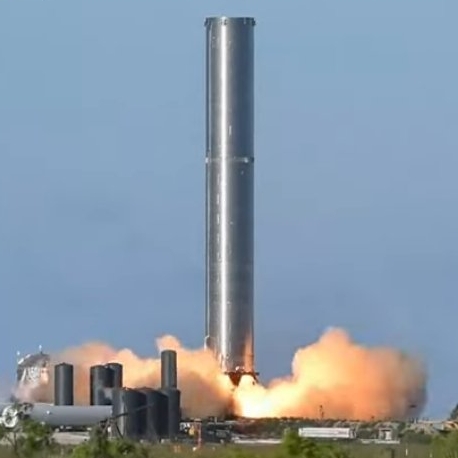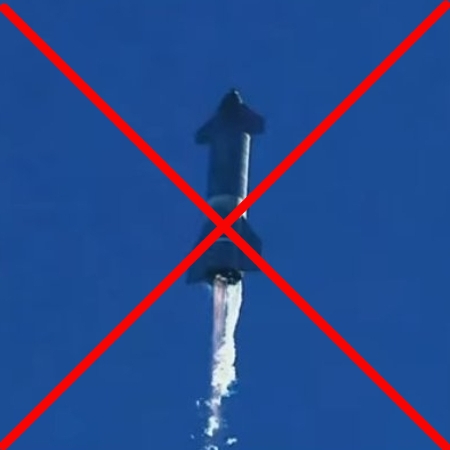GAO rejects protests by Blue Origin and Dynectics over lunar lander award
The Government Accountability Office (GAO) today rejected the protests by Blue Origin and Dynectics against the award by NASA of its manned lunar lander contract to SpaceX’s Starship spacecraft.
In denying the protests, GAO first concluded that NASA did not violate procurement law or regulation when it decided to make only one award. NASA’s announcement provided that the number of awards the agency would make was subject to the amount of funding available for the program. In addition, the announcement reserved the right to make multiple awards, a single award, or no award at all. In reaching its award decision, NASA concluded that it only had sufficient funding for one contract award. GAO further concluded there was no requirement for NASA to engage in discussions, amend, or cancel the announcement as a result of the amount of funding available for the program. As a result, GAO denied the protest arguments that NASA acted improperly in making a single award to SpaceX.
GAO next concluded that the evaluation of all three proposals was reasonable, and consistent with applicable procurement law, regulation, and the announcement’s terms.
Finally, GAO agreed with the protesters that in one limited instance NASA waived a requirement of the announcement for SpaceX. Despite this finding, the decision also concludes that the protesters could not establish any reasonable possibility of competitive prejudice arising from this limited discrepancy in the evaluation.
This decision will likely allow NASA to proceed with the contract, and for SpaceX to begin work on the revisions it will need to make to Starship to make it a lunar lander.
The decision also puts companies like Blue Origin and Dynectics on notice: You need to prove you have the goods, or you won’t win customers. Commit some of your own funds to research and development, start building actual prototypes you can test, and the world will begin to beat a path to your door.
The Government Accountability Office (GAO) today rejected the protests by Blue Origin and Dynectics against the award by NASA of its manned lunar lander contract to SpaceX’s Starship spacecraft.
In denying the protests, GAO first concluded that NASA did not violate procurement law or regulation when it decided to make only one award. NASA’s announcement provided that the number of awards the agency would make was subject to the amount of funding available for the program. In addition, the announcement reserved the right to make multiple awards, a single award, or no award at all. In reaching its award decision, NASA concluded that it only had sufficient funding for one contract award. GAO further concluded there was no requirement for NASA to engage in discussions, amend, or cancel the announcement as a result of the amount of funding available for the program. As a result, GAO denied the protest arguments that NASA acted improperly in making a single award to SpaceX.
GAO next concluded that the evaluation of all three proposals was reasonable, and consistent with applicable procurement law, regulation, and the announcement’s terms.
Finally, GAO agreed with the protesters that in one limited instance NASA waived a requirement of the announcement for SpaceX. Despite this finding, the decision also concludes that the protesters could not establish any reasonable possibility of competitive prejudice arising from this limited discrepancy in the evaluation.
This decision will likely allow NASA to proceed with the contract, and for SpaceX to begin work on the revisions it will need to make to Starship to make it a lunar lander.
The decision also puts companies like Blue Origin and Dynectics on notice: You need to prove you have the goods, or you won’t win customers. Commit some of your own funds to research and development, start building actual prototypes you can test, and the world will begin to beat a path to your door.




